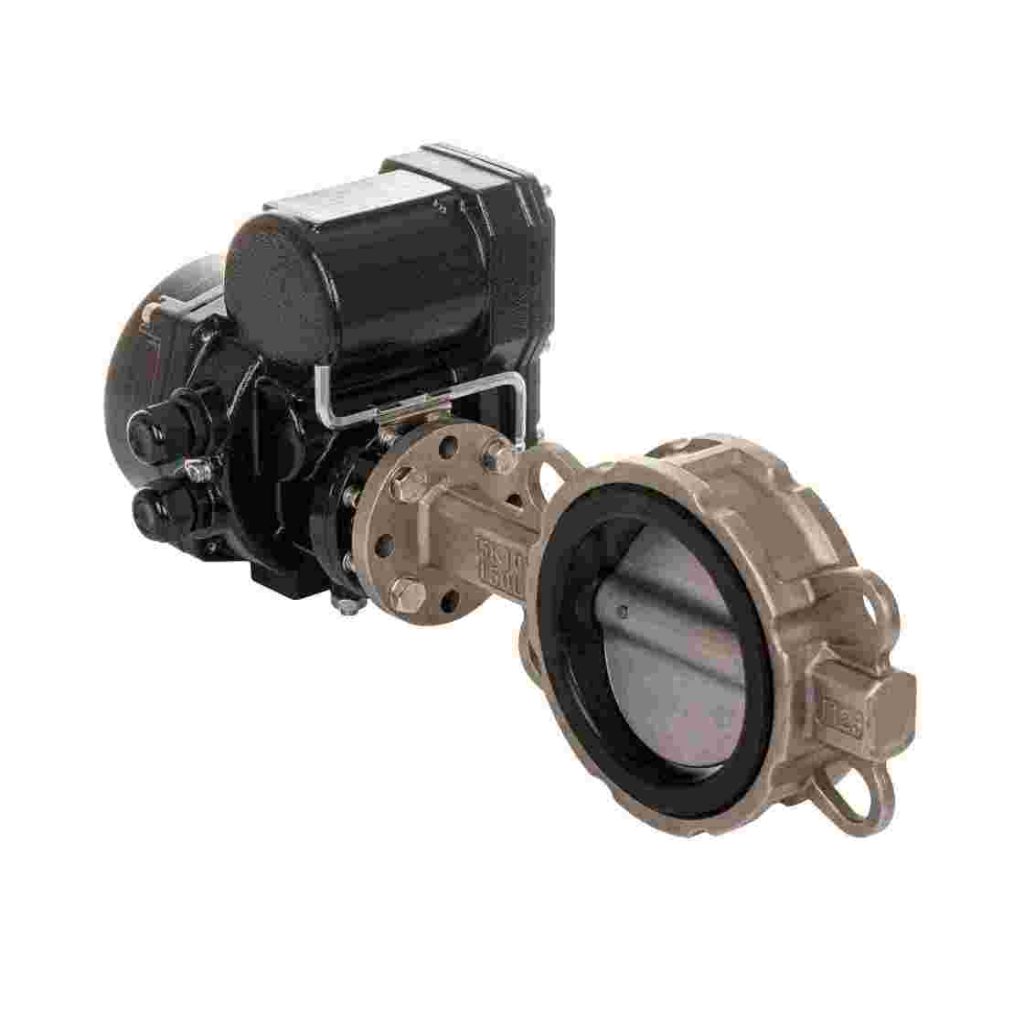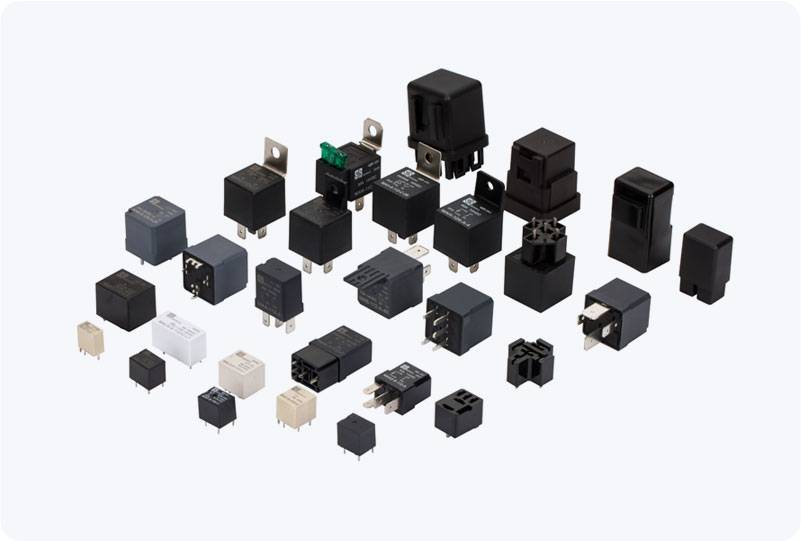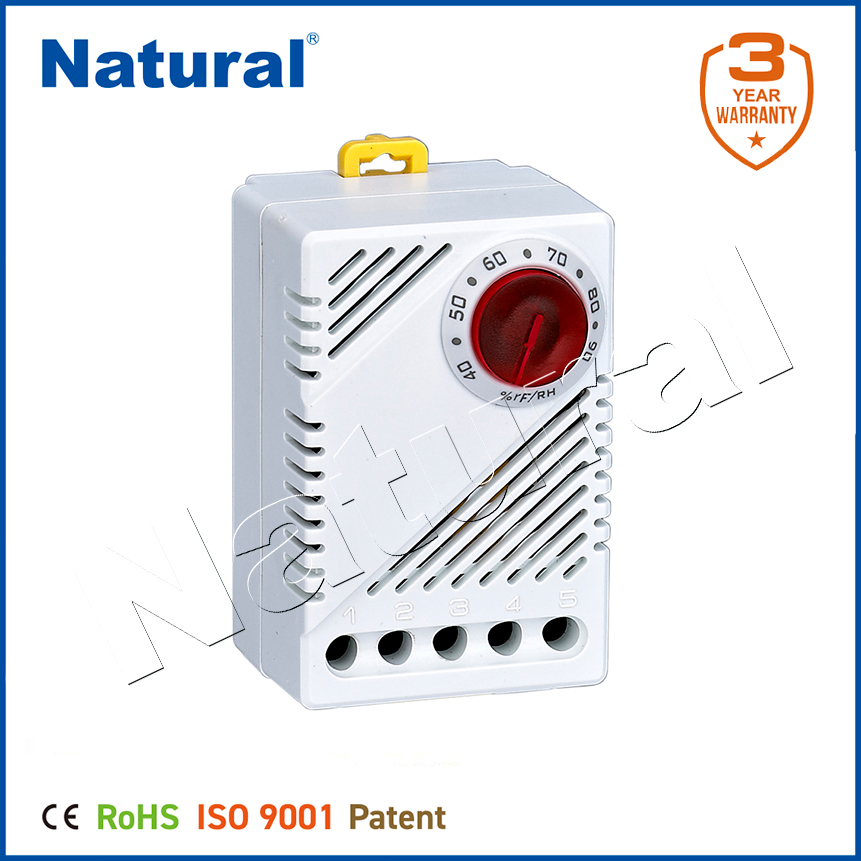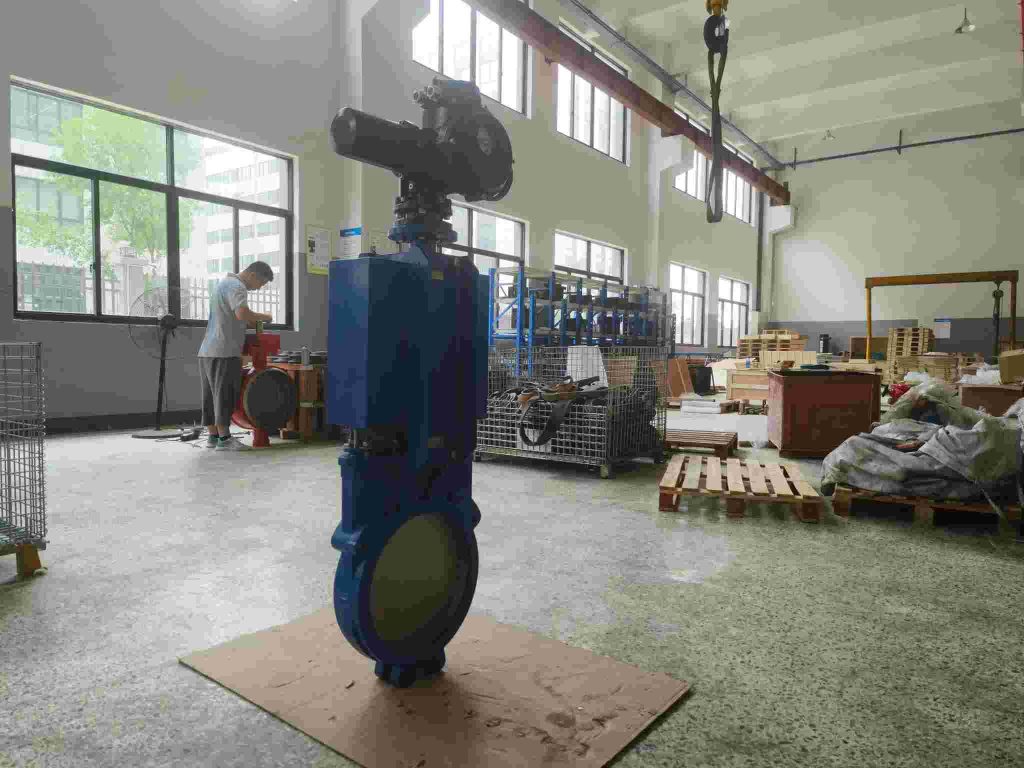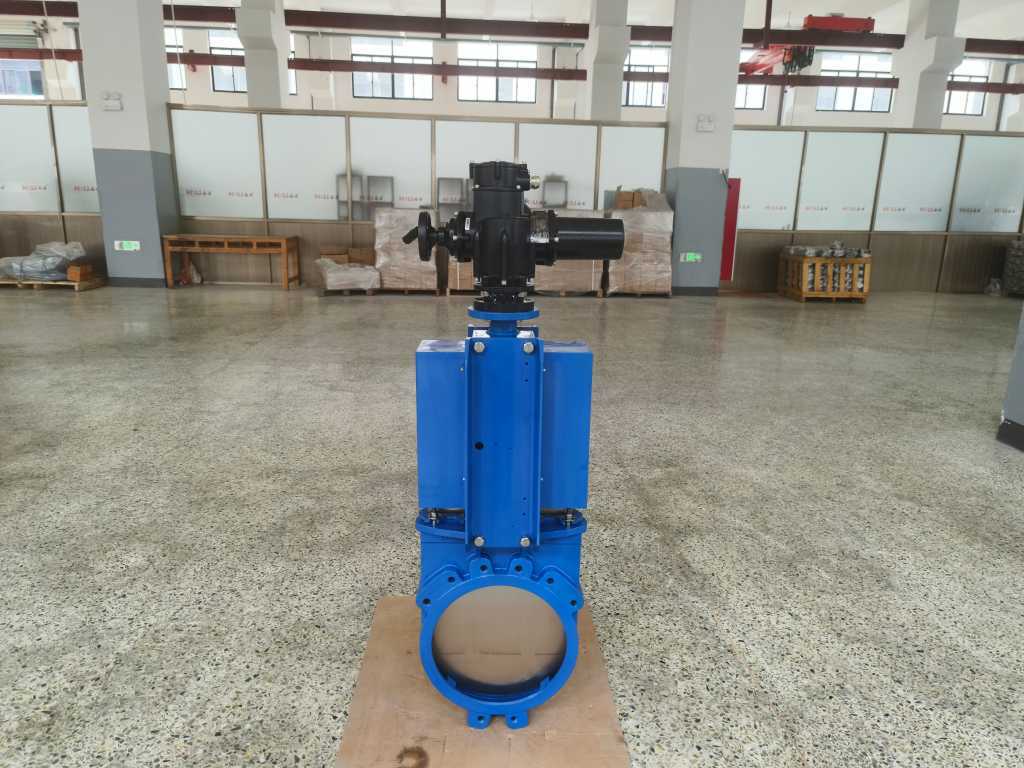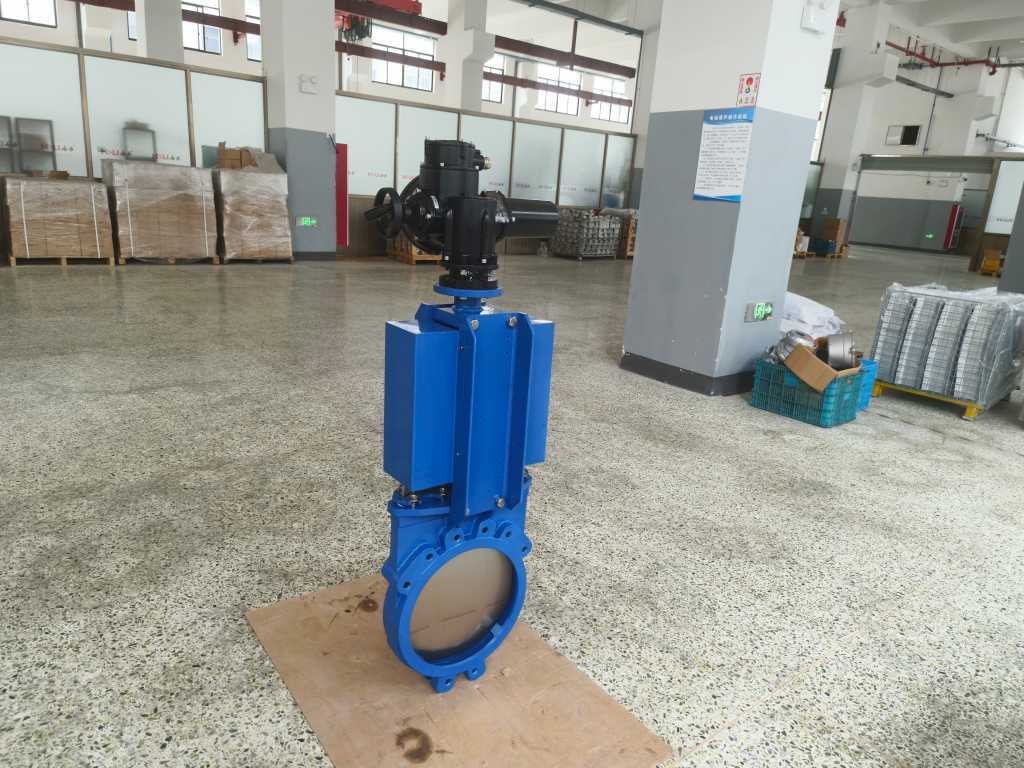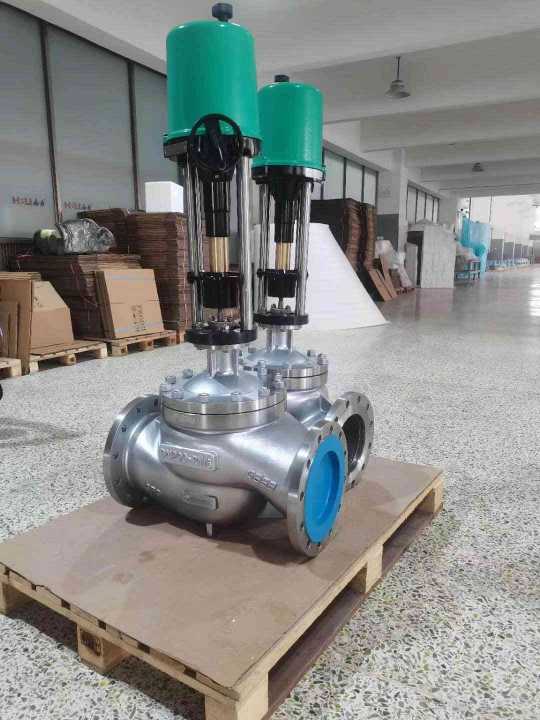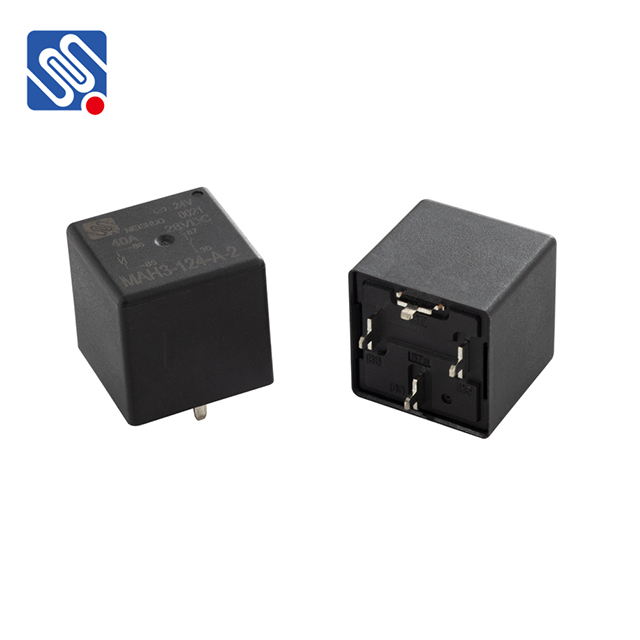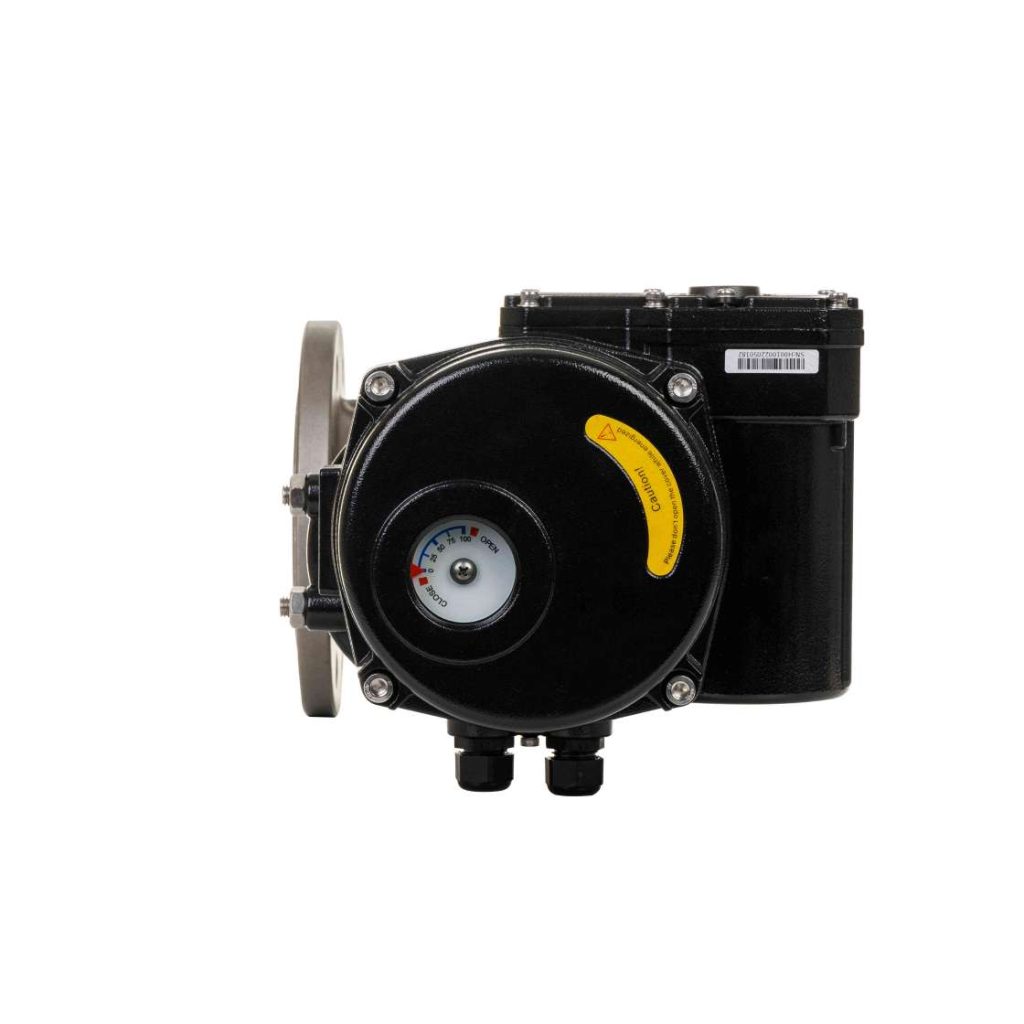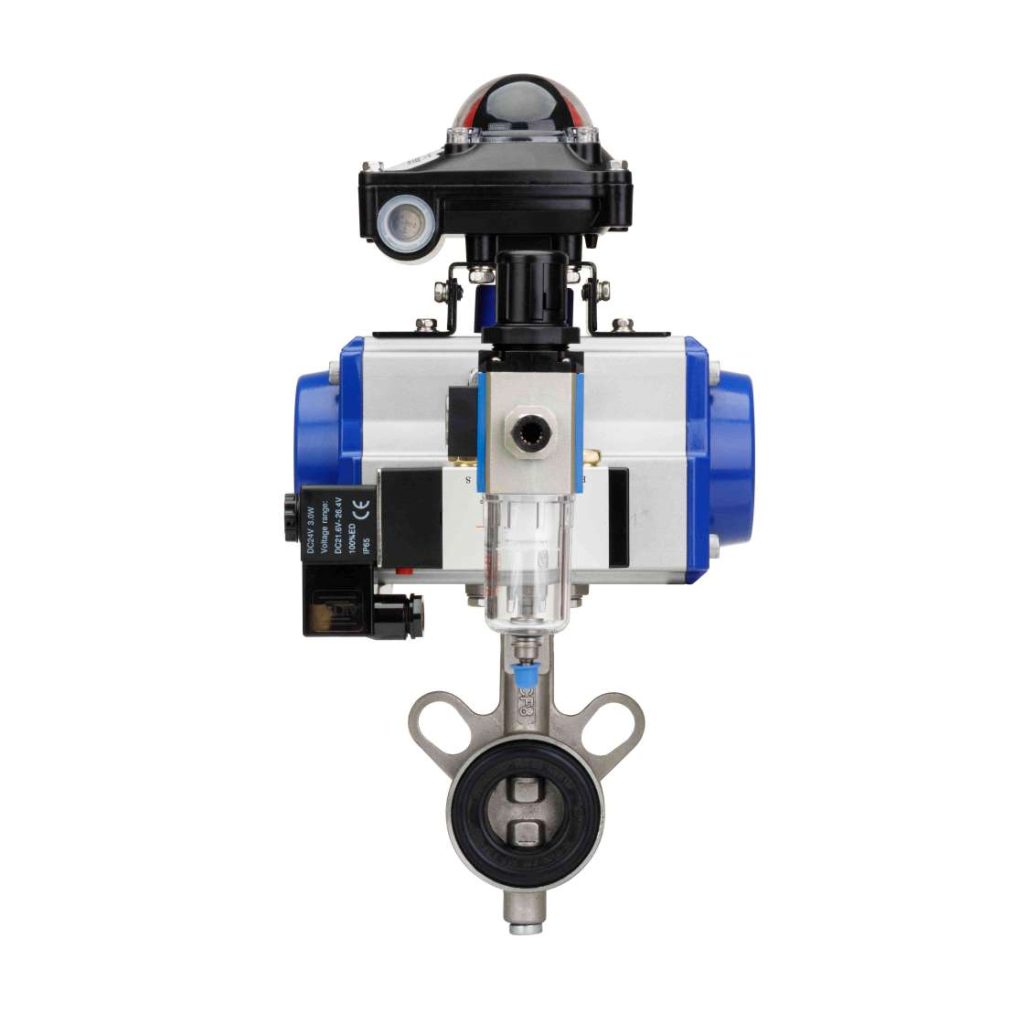The electric clamp butterfly valve is a crucial component in fluid control systems, widely used across various industries such as water treatment, chemical processing, and HVAC (Heating, Ventilation, and Air Conditioning). This type of valve combines the benefits of a butterfly valve with the convenience and efficiency of electric actuation and clamp-style installation. As the demand for automated and reliable fluid control solutions continues to rise, the role of electric clamp butterfly valve manufacturers has become more significant than ever. In this article, we will explore the key features, benefits, and leading manufacturers of electric clamp butterfly valves.
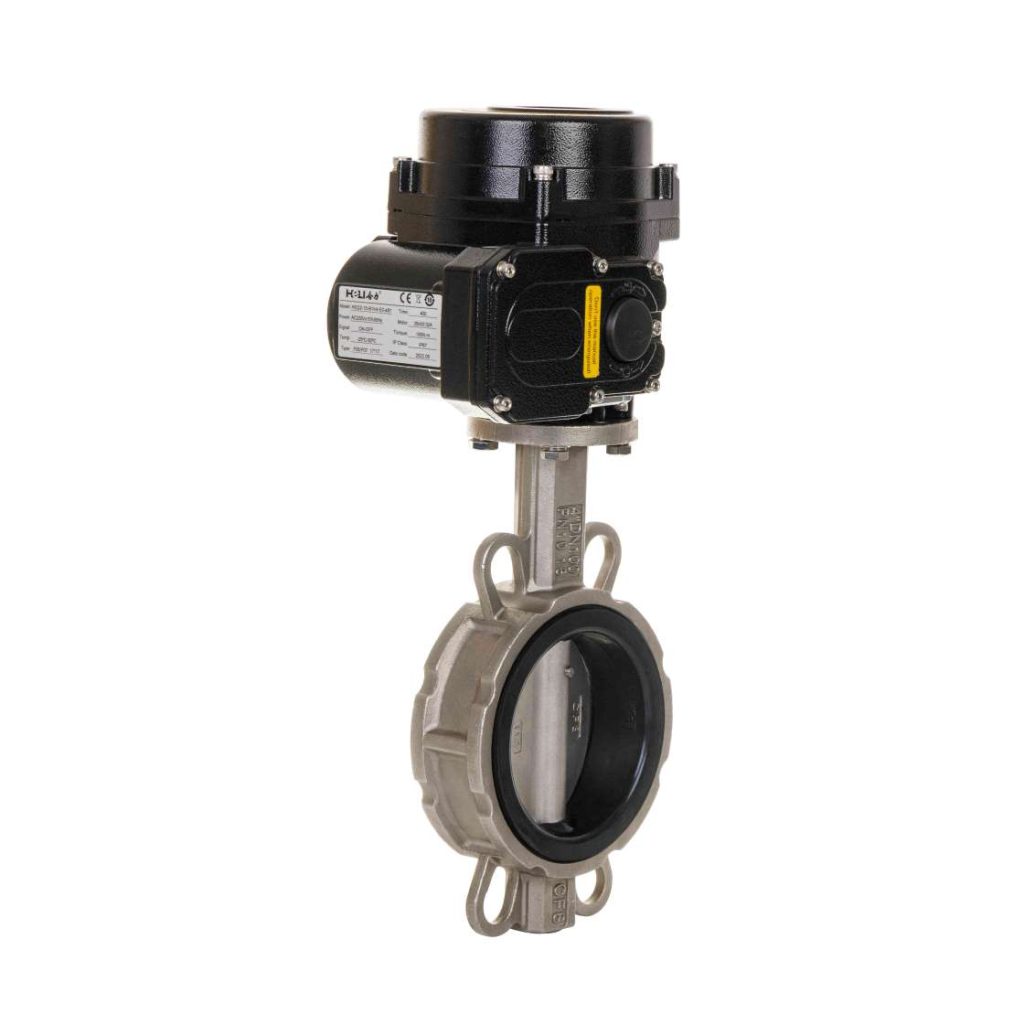
What is an Electric Clamp Butterfly Valve?

A butterfly valve is a quarter-turn valve with a disc that rotates around a shaft to regulate the flow of fluids. The electric clamp butterfly valve is a specialized version of this valve, designed for easy installation and automatic operation. The valve features an electric actuator, which provides precise control over the opening and closing of the valve. This eliminates the need for manual operation, making it ideal for applications requiring remote control and automation. The “clamp” part of the valve refers to its installation method, where the valve body is held together by clamps instead of the traditional flanged connection. This design allows for faster installation and disassembly, saving both time and labor costs.
